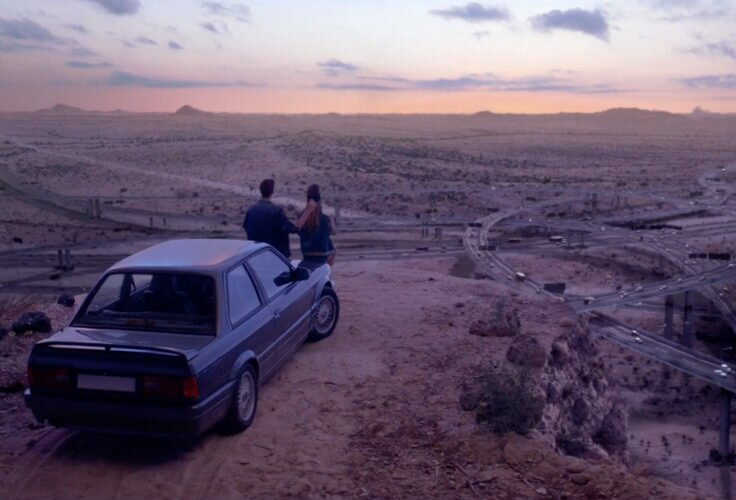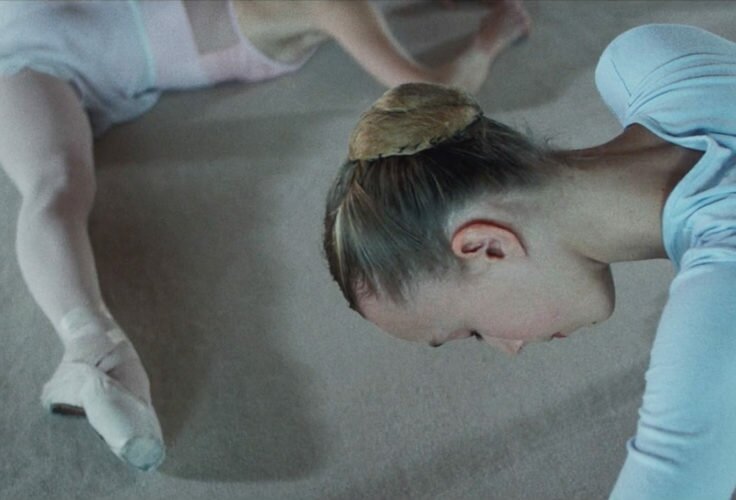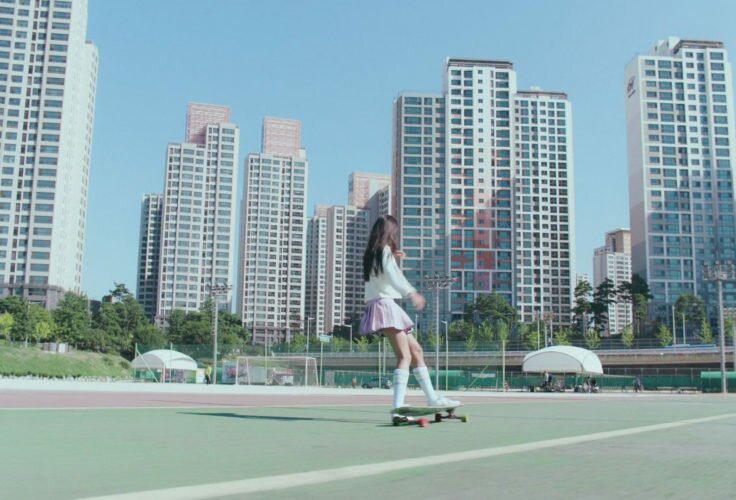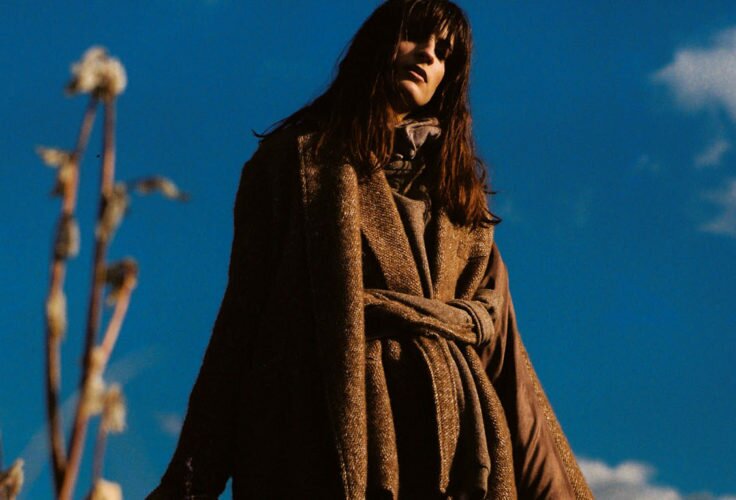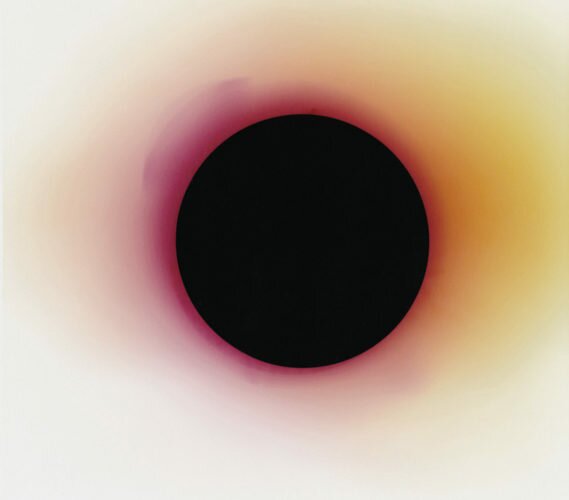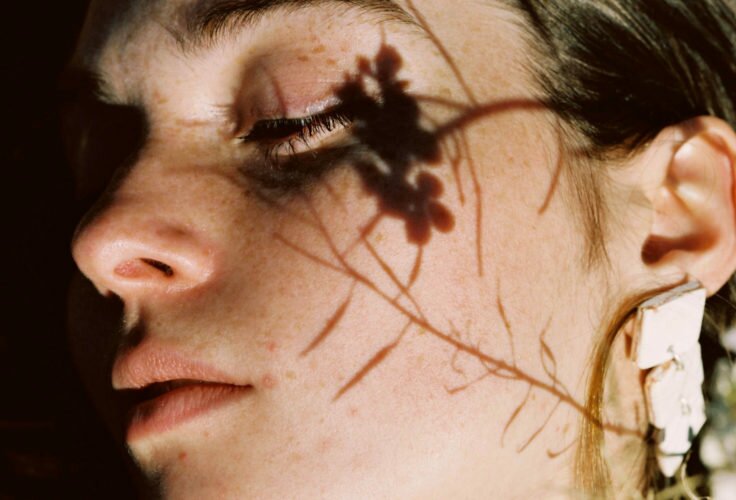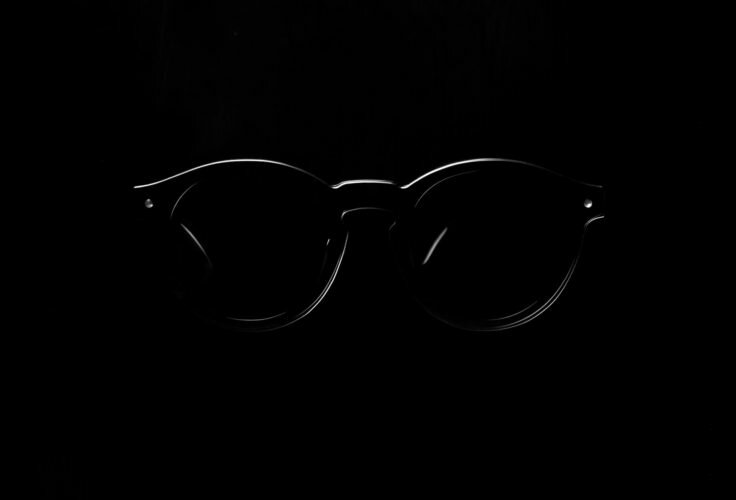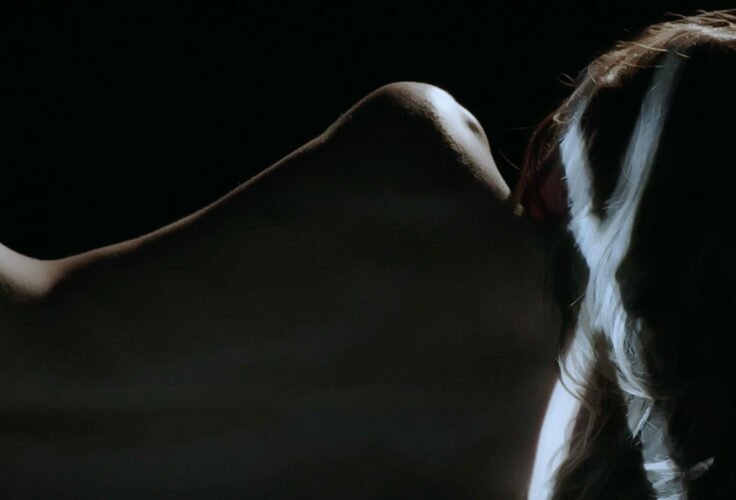The film has also won the prize for Best Feature Film and Best Actor played by Borja Espinosa on Fic-Cat prize.
El camino más largo para volver a casa
Director: Sergi Pérez
Production Company: Niu d’Indi
Screenplay: Sergi Pérez & Èric Navarro & Roger Padilla
Executive Producer: Sergi Pérez & Eduard Boto & Aritz Cirbian
Production Maganer: Carlos Pequerul
DOP: Julian Elizalde & Bet Rourich
Art Director: Teresa Caballero
Stylist: Ester Palaudàries
Assistant Director: Anna Capdevila
Editor: Liana Artigal
Sound: Anna Harrington
A film shot
from the stomach.
A script that was created on the spot by watching Borja, and changing the story as we moved along depending on the tone it started acquiring, taking time to re-write in order to transform the main character, an ever darker and wilder (if possible) Joel. We let ourselves be carried away by an irrational emotion (hence the reference to the stomach), but with a well thought-of script, following an intuitive and bold process. We let ourselves be guided by the freedom of execution we had and by a hostile mood, full of rage and violence. Maybe because of that irrationality we created an antagonist character capable of holding the thesis of the story; we worked on the idea of making it difficult for the public to empathise with him because of his viscerality, his emotional opacity and his erratic behaviour. It was a very stimulating adventure getting to know that dark side, and we jumped on it without a safe net but with a blind faith in that it was the kind of cinema we liked, the one that shakes you and makes you uncomfortable and stays in your head for a while.
Time is relative…
Very obvious, I know, but even if the movie is only a little fragment of Joel’s life–only one day–, the adventure we lived and the one that is kept off screen is long and spans all his universe. It was important for me to give a true, but at the same time personal, account of that emptiness and the acute and incomprehensible pain that loss brings right before the process of acceptance starts, during the first 24 hours, when our bodies react to life and death in an animal and irrational way, maybe because the character had never been so closely in touch with it.
A day nowhere (Luis Martínez)
An opaque character…
I didn’t mean to talk about death from memory, but from a more visual and metaphorical perspective, from actions and not from text. The house is the refuge, the dog is dependency and death at the same time, it’s what he runs from and it’s also himself; the keys are the precious and classical symbol of opening closing doors, secret doors, doors that don’t belong to you. His opacity turned into hostility, fear and terror: an important question deliberately unanswered can create a sense of uncomfortability that can trigger your greatest insecurities. We worked on the dramatic tension of the film from that off screen perspective.
Overwhelming aesthetics…
Dramatic tension was very important because it played with a low intensive passive-aggressive energy that was dramatized by using long takes and very slow close-up zooms, combined with a much more dynamic and lively follow-up camera. I used this contrast to respond aesthetically to the emotional trip of the character and maybe to the tension that the spectator can live and which feels like a rollercoaster.


